Carica papaya as a vegetable wonder of the new world
(Edited)
Ulises Flores
14/10/2019
Dear Stem-readers.
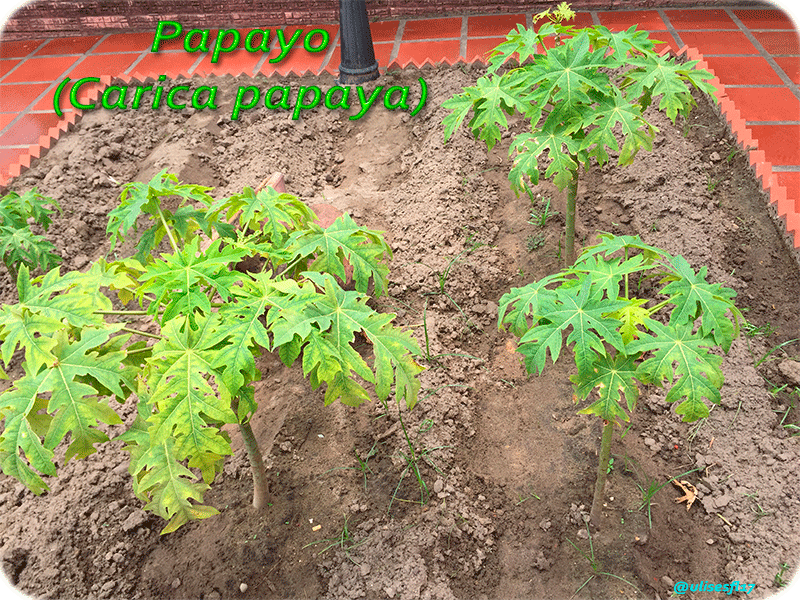
The papaya bush is a plant whose origins (documentaries) can be traced in the work Historia General y Natural de las Indias (1535), whose author is Captain Gonzalo Fernández Oviedo y Valdés, considered the first chronicler of the new world. Having burst into Tierra firme, specifically in Aztec soil (Mexico), he carries out a sampling with his classic methods of observation that, two centuries later would greatly improve Carlos Linneo (1735).
In this way, the historian, soldier, geographer and botanist registers that the fruit that is known as Papaya in Europe, there is called Figs of mastuerzo; while in Nicaraguan soil the natives call it Olocotón. He leaves settled that it is a plant of thin and high fig tree that produces big figs and of good flavor; apart from the organoleptic aspects, he describes that it contains many seeds of black color and bitter flavor. Indeed, it referred to Papaya.

𝑷𝒂𝒑𝒂𝒚𝒂 𝒄𝒖𝒍𝒕𝒖𝒓𝒆
𝑷𝒂𝒑𝒂𝒚𝒂 𝒄𝒖𝒍𝒕𝒖𝒓𝒆
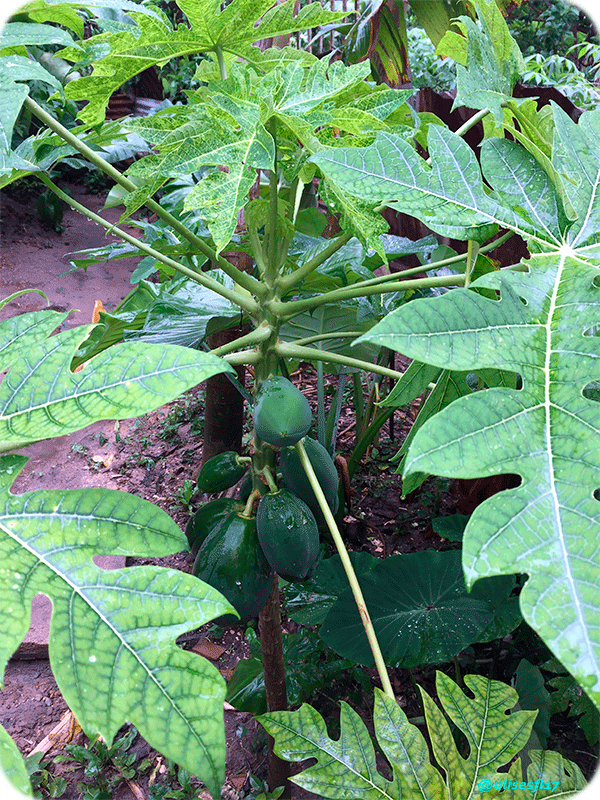
*They are shrub plants of rapid growth and development, as long as it is considered a short cycle crop. Compared to other fruit shrub species, papaya has a short life cycle.
- Technical norms and agronomic recommendations indicate that crops should preferably be grown in tropical climates, since warm temperatures benefit plants and better results are obtained in the stages of growth, development and harvest.
- Loamy, sandy and fertile soils can be considered the best for growing crops, since their looseness and permeability favour them.
- After two years it is advisable to make a repopulation (substitution) of plants to maintain productivity, since with this age the plants tend to reduce their production in size and quality by plant longevity.
- They are considered three sexual stages differentiated by their physiology and productivity, the male plants are not productive, the hermaphrodites give small fruits and with some unattractive characteristics from the organoleptic point of view (flavor, smell, color ...), however, the female plants are the most productive because their fruits are large, fleshy and sweet, depending on the variety of the species.
- The sowing of the papaya is made by vegetative propagation or by seed. Being by seed the simplest and most practical. While by vegetative propagation can be by stake (economic) or by complex and expensive methods in biotechnology, for example In vitro cultures.

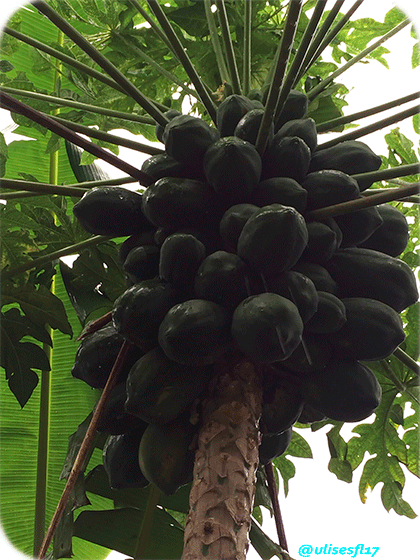 |
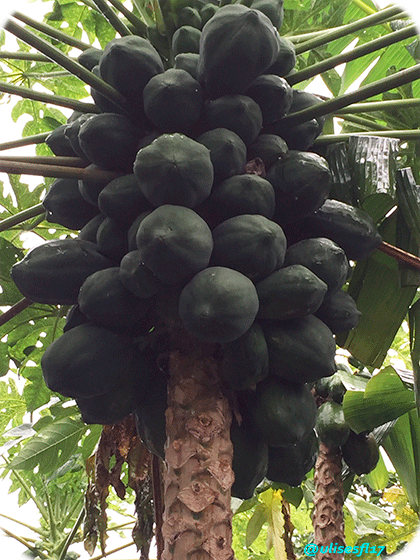 |
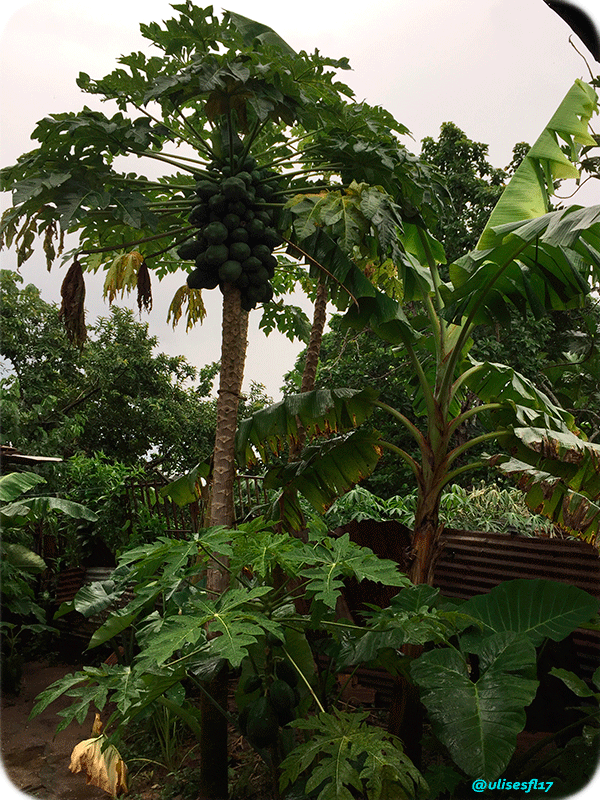

So much for this photo-descriptive passage on this plant species..
The care of the environment and the implementation of ecological awareness is everyone's duty. Recognizing and promoting the ecological value of biodiversity is a form of environmental care and protection.
𝑹𝒆𝒇𝒆𝒓𝒆𝒏𝒄𝒆𝒔
𝑹𝒆𝒇𝒆𝒓𝒆𝒏𝒄𝒆𝒔
- THE UNHEARD VOICE OF LAW IN BARTOLOMÉ DE LAS CASAS’S
BREVÍSIMA RELACIÓN DE LA DESTRUICIÓN DE LAS INDIAS link - Technical Guide to Papaya Cultivation link
𝑹𝒆𝒔𝒐𝒖𝒓𝒄𝒆𝒔
𝑹𝒆𝒔𝒐𝒖𝒓𝒄𝒆𝒔
Photographs were taken with Iphone 6 cellular equipment camera.
Photoshop cs6 was used for photo editing.

𝐼 𝑎𝑝𝑝𝑟𝑒𝑐𝑖𝑎𝑡𝑒 𝑦𝑜𝑢𝑟 𝑣𝑎𝑙𝑢𝑎𝑏𝑙𝑒 𝑎𝑡𝑡𝑒𝑛𝑡𝑖𝑜𝑛,
𝑐𝑜𝑚𝑚𝑒𝑛𝑡𝑠 𝑎𝑛𝑑 𝑠𝑢𝑝𝑝𝑜𝑟𝑡
𝐼 𝑎𝑝𝑝𝑟𝑒𝑐𝑖𝑎𝑡𝑒 𝑦𝑜𝑢𝑟 𝑣𝑎𝑙𝑢𝑎𝑏𝑙𝑒 𝑎𝑡𝑡𝑒𝑛𝑡𝑖𝑜𝑛,
𝑐𝑜𝑚𝑚𝑒𝑛𝑡𝑠 𝑎𝑛𝑑 𝑠𝑢𝑝𝑝𝑜𝑟𝑡
𝑐𝑜𝑚𝑚𝑒𝑛𝑡𝑠 𝑎𝑛𝑑 𝑠𝑢𝑝𝑝𝑜𝑟𝑡
 |
 |

0
0
0.000
Oh I like papaya, even tried to grow my own plants while living in Mexico hehe :) Cool post. Keep up the great work.
@tipu curate
Upvoted 👌
@phortun. Good thing you tried to grow papaya and liked it. Actually, it is a very healthy fruit and provides a lot of nutrients and vitamins to the body, apart from being very appetizing for its sweet flavor. Also, I love papaya, these pictures are my own, taken at my parents' house.
Thank you for your valuable comment and healing.
I also love the fruit - but I'm going to go back nearly 70 years and speak to you of our papaya (pawpaw) farm.
We had hundreds of hectares planted and as the fruit grew ripe, we would knock them down and through them in our compost heap.
Why?
Because we were not in the business of growing fruit.
Once the fruit was at about full size, but still very green, we would tie a skirt to the plant (two metal hoops with a coarse material between them).
Workers would then use razor blades to cut the skin of the fruit and we would wait for the 'milk' in the fruit to drip onto the skirts.
Once the skirts were dry, the product would be scraped off and placed in large (20kg) metal containers and it would be shipped to pharmaceutical companies in the US.
The dried milk is used in meat tenderizers, also for healing certain stomach problems.
It was very healthy, but I think they now use chemicals for the same purposes...if you have more than enough fruit, try using a razor on a few fruit to collect the milk (maybe you can find recipes for various purposes?). Even if you do not want the milk, try it and when the fruit is ripe, compare it to those you did not slash. The ones that bled their mlk are usually sweeter.
I understand, the purpose of their cultivation was to extract papain for marketing to pharmaceutical companies. Papain possesses enzymes capable of breaking down animal and even vegetable protein bonds, which is why it is synthesized as a softener. I had knowledge of the softening capacity of papaya milk (papain); however, I did not know about the extraction process that you explain to us.
Very interesting and valuable information you provide, especially because you have experience in papaya cultivation and papain extraction.
Your valuable comment enriches the content of this synthetic post. Thank you for the intervention and substantial comment.
Greetings...
Congratulations @ulisesfl17! You have completed the following achievement on the Steem blockchain and have been rewarded with new badge(s) :
You can view your badges on your Steem Board and compare to others on the Steem Ranking
If you no longer want to receive notifications, reply to this comment with the word
STOPVote for @Steemitboard as a witness to get one more award and increased upvotes!
Thank you for the recognition and support.
You have been curated by @hafizullah on behalf of Inner Blocks: a community encouraging first hand content, with each individual living their best life, and being responsible for their own well being. #innerblocks Check it out at @innerblocks for the latest information and community updates, or to show your support via delegation.
Greetings @hafizullah. Thank you for taking into account my publication and being valued positively with the account of the healing project @innerblocks.
Thanks for the support.
It is recommended to use content references in English if the publication is in the universal language. Regardless of whether the content provided belongs to references in Spanish.
Grateful for your valuable observation. This good comment guides me and helps to improve my publications, as I receive them as part of my learning and growth in @steemstem. Correction applied thanks to your timely observation.
Greetings